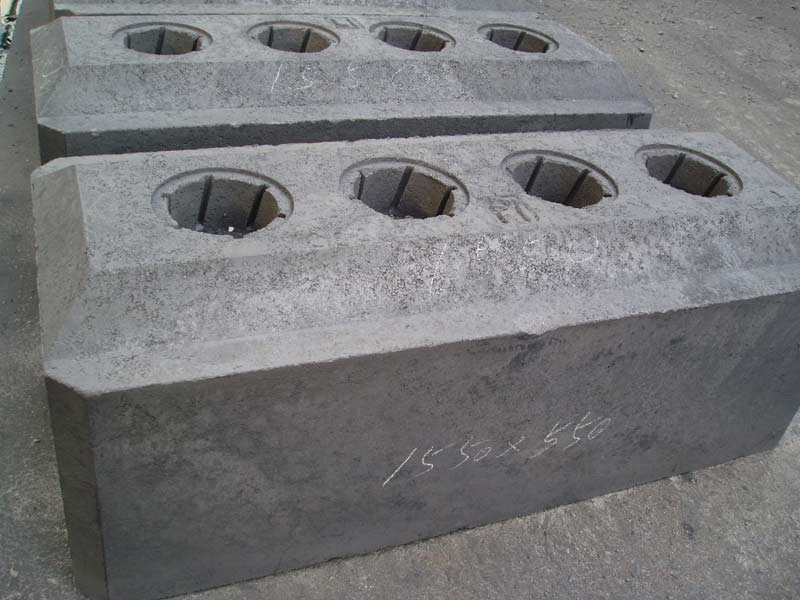Keywords: aluminum electrolysis cathode, cathode carbon block, electrolytic cell, cathode lifespan, graphitized block, aluminum smelting, erosion resistance, cathode technology
1. What Is a Cathode in Aluminum Electrolysis?
In the process of aluminum electrolysis, the cathode is the conductive component located at the bottom of the electrolytic cell. It serves as the collection surface for liquid aluminum, which settles below the molten electrolyte due to its higher density and is regularly siphoned out for casting.
The performance and durability of the cathode directly influence:
- The operational stability of the cell
- Energy consumption per ton of aluminum
- The overall service life of the electrolysis cell
2. Types of Cathode Materials and Their Characteristics
1. Anthracite Carbon Blocks
- Material: high-grade anthracite + coal tar binder
- Pros: low cost
- Cons: moderate conductivity, weaker corrosion resistance
- Application: smaller electrolytic cells (≤300kA)
2. Semi-Graphitic Cathode Blocks
- Material: anthracite blended with graphite powder, baked at higher temperatures
- Pros: better electrical performance, longer service life
- Application: commonly used in 300–400kA cells
3. Graphitized Cathode Blocks
- Material: high-temperature graphitized coke or graphite-based carbon
- Pros: low resistivity, excellent erosion resistance, high thermal conductivity
- Application: large current cells (≥500kA), green low-carbon smelting
3. Key Performance Requirements for Cathode Materials
| Performance Metric | Ideal Value/Condition |
|---|---|
| Bulk Density | ≥1.60 g/cm³ (denser structure) |
| Electrical Resistivity | ≤20 μΩ·m (better conductivity) |
| Oxidation Resistance | Stable under high temperatures |
| Aluminum Infiltration Resistance | Prevents swelling and cracking |
| Thermal Conductivity | High (for better heat distribution) |
| Thermal Expansion Coefficient | Low (reduces stress fractures) |
4. Common Causes of Cathode Wear and Failure
- Molten Aluminum Erosion
Long-term exposure to molten aluminum can penetrate and erode the cathode structure. - Electrolyte Corrosion
Cryolite and fluoride salts are chemically aggressive to carbon blocks. - Gas Generation and Internal Pressure
Undesirable reactions or overheating can cause internal expansion, leading to bulging or cracks. - Mechanical Damage
Fluctuations in aluminum levels or physical shock during tapping/replacement can lead to fractures.
5. How to Extend Cathode Life in Electrolysis Cells
The typical service life goal for a modern cathode is 1800–2500 days. To achieve this, smelters should focus on:
✅ Material Optimization
Use high-performance graphitized or semi-graphitic blocks with enhanced erosion resistance.
✅ Improved Structural Design
- Adopt monolithic cathode configurations to reduce stress at joints
- Enhance bottom insulation and sealing to prevent aluminum penetration
✅ Process Parameter Control
- Maintain stable bath temperatures (950–970°C)
- Regulate aluminum depth to avoid direct infiltration
- Minimize voltage spikes and anode effects
✅ Scientific Operation and Maintenance
- Smooth startup and cathode changeovers
- Use thermal sensors or IR cameras to monitor cathode health
- Perform periodic inspections for erosion depth and deformation
6. Future Trends in Cathode Technology
With the industry moving toward higher currents and lower emissions, cathode material R&D is evolving rapidly:
🔹 High-Thermal Conductivity Graphitic Materials
Enhance heat dissipation and reduce internal stress buildup.
🔹 Nano-Composite Cathode Blocks
Reinforced with ceramic nanoparticles to improve hardness and corrosion resistance.
🔹 Modular Cathode Design
Allows partial block replacements, reducing downtime and maintenance costs.
🔹 Smart Monitoring Systems
Real-time cathode health tracking using AI and IoT technology for predictive maintenance.
7. Conclusion: The Cathode Is the “Heart” of the Electrolytic Cell
In aluminum smelting, the cathode plays a crucial role in maintaining efficient, safe, and sustainable operations. High-performance cathode materials, coupled with intelligent management practices, can:
- Prolong electrolytic cell life
- Reduce energy consumption per ton of aluminum
- Improve overall economic and environmental performance
As the industry embraces carbon neutrality and digital transformation, cathode technologies will continue to evolve toward higher strength, longer life, and smarter operation.

